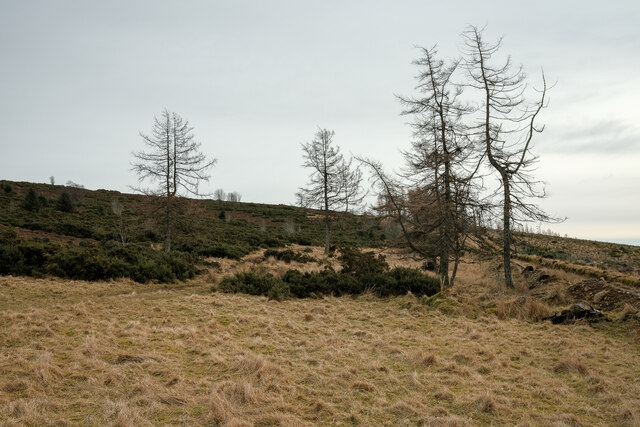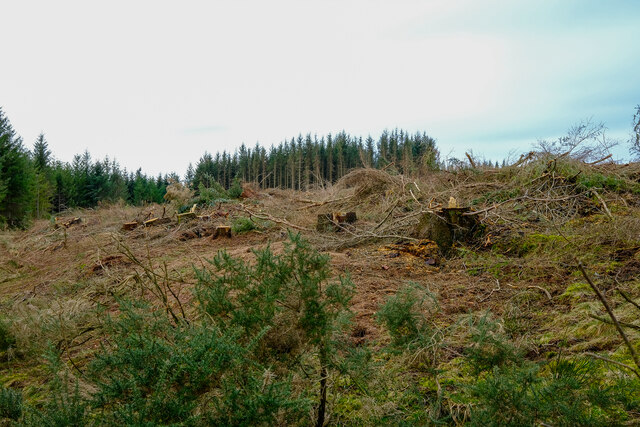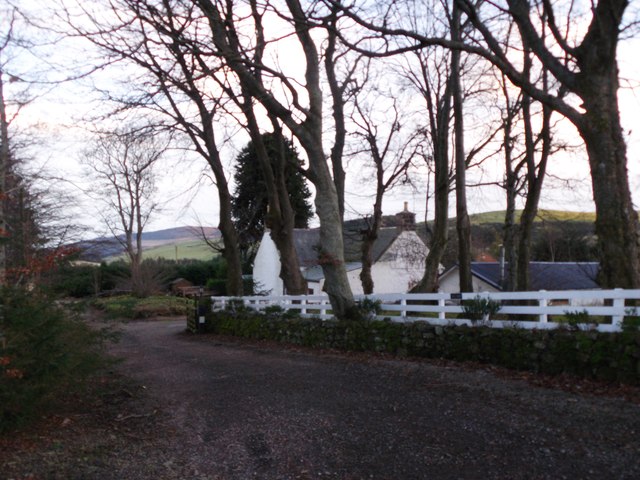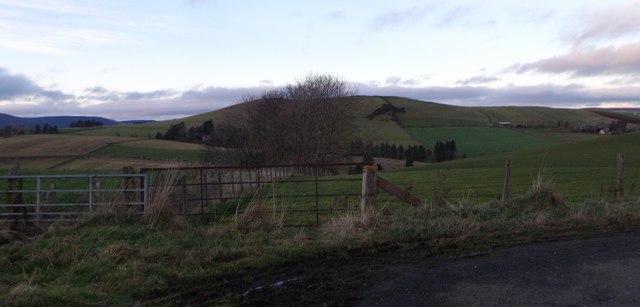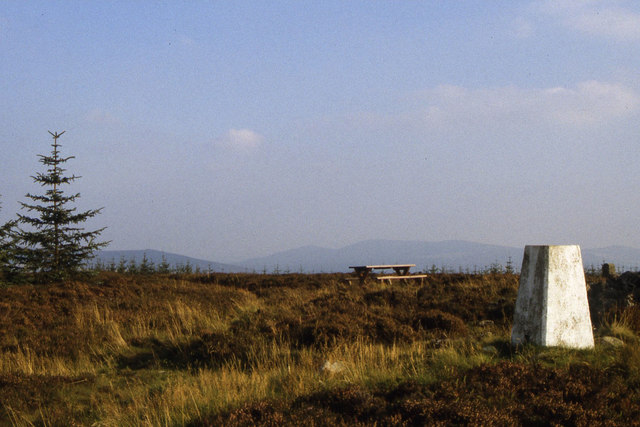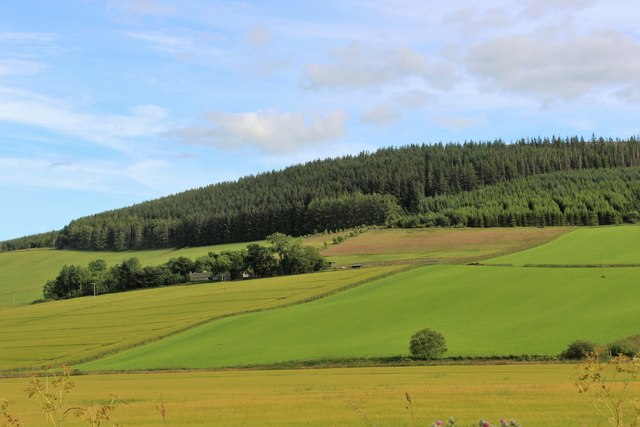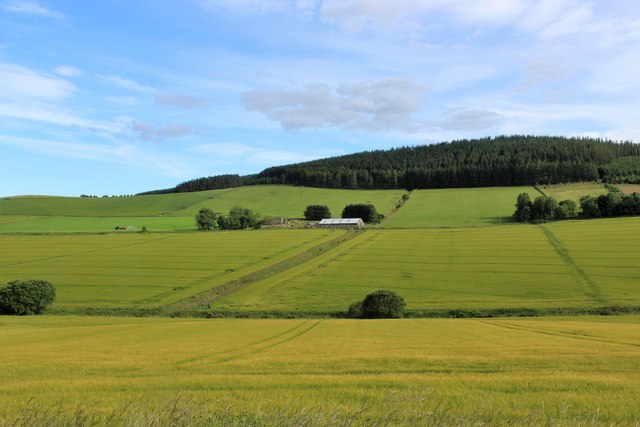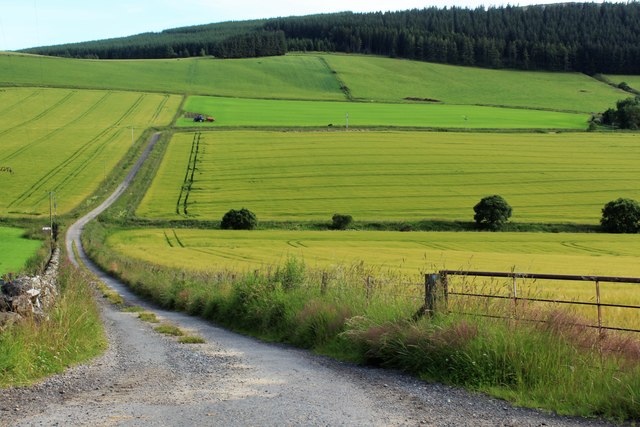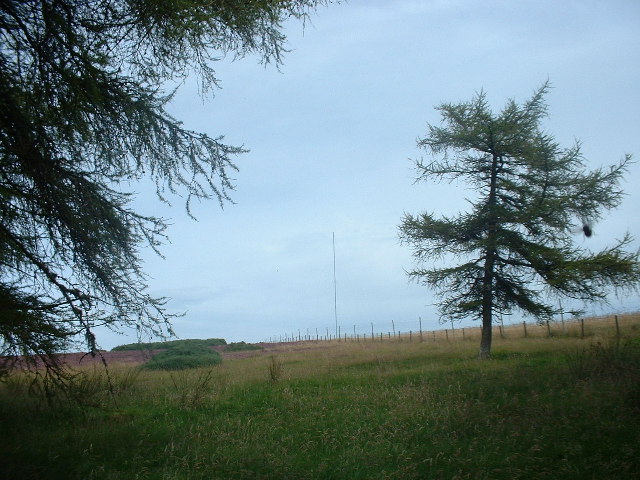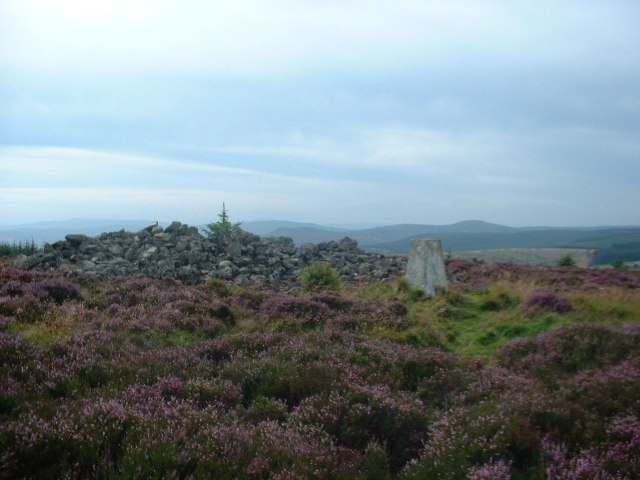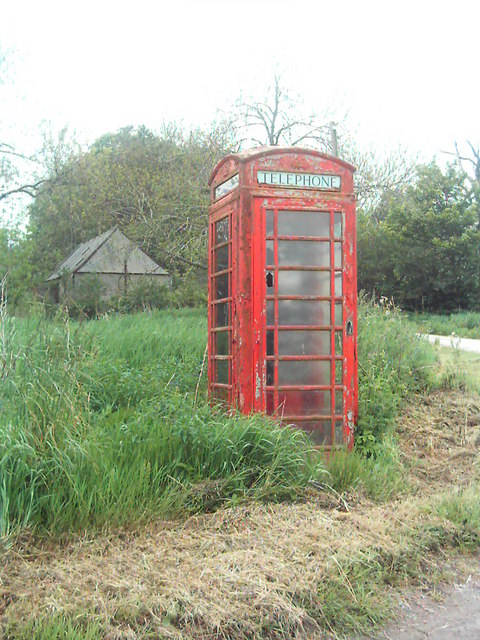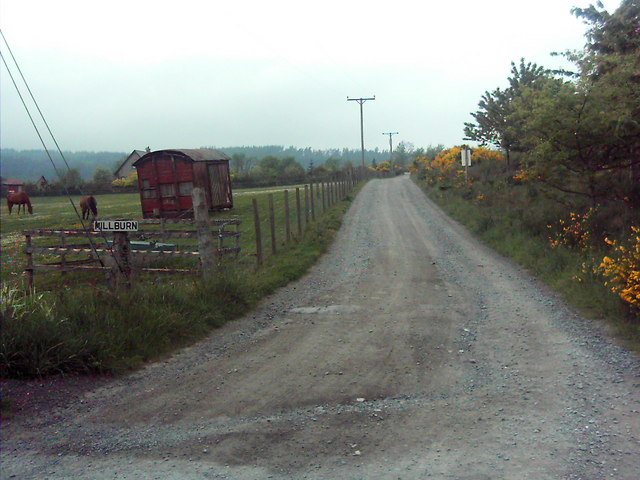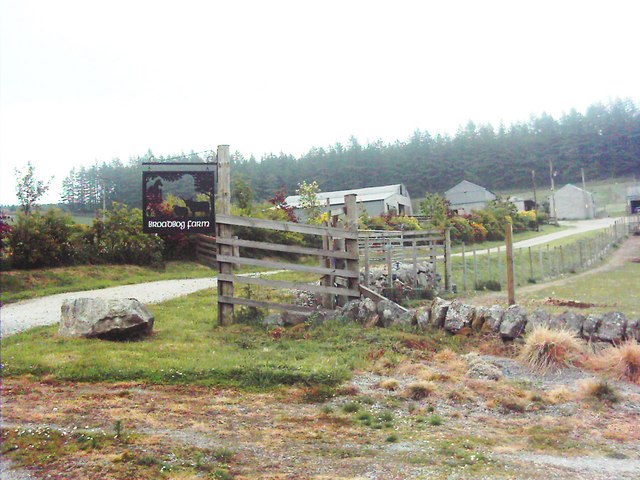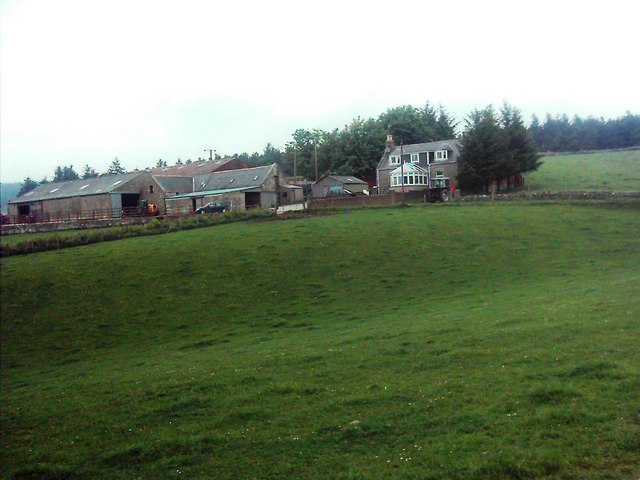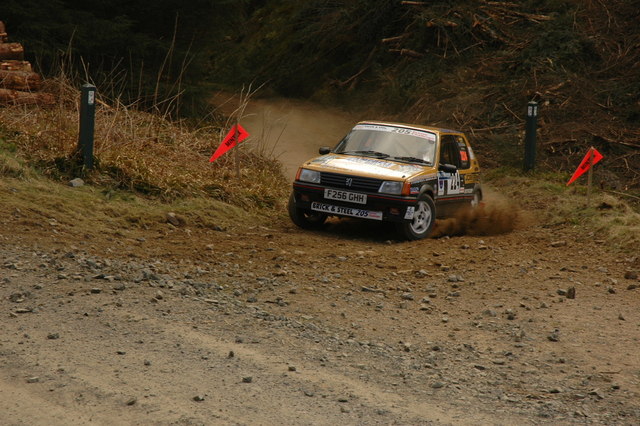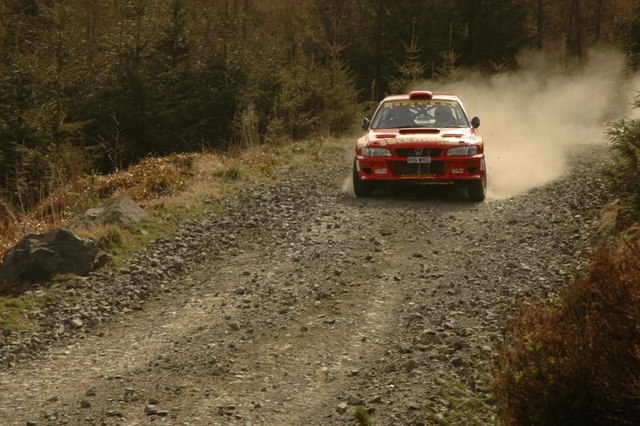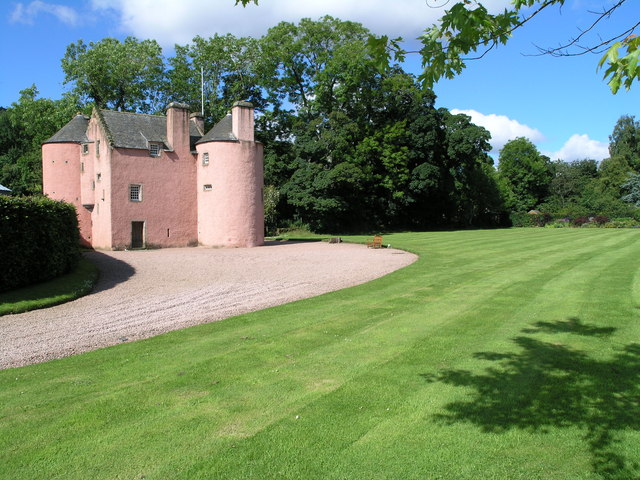Whitehaugh Forest
Wood, Forest in Aberdeenshire
Scotland
Whitehaugh Forest
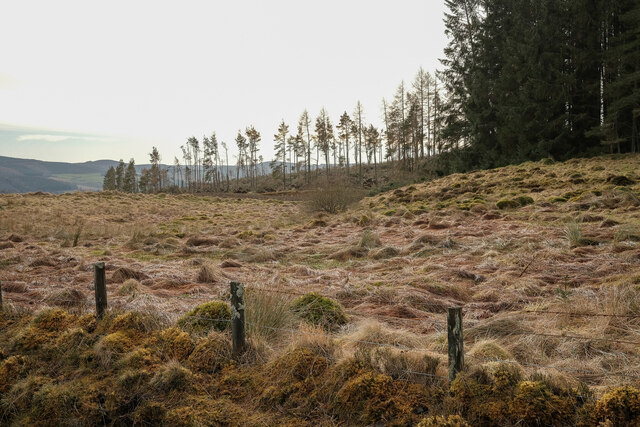
The requested URL returned error: 429 Too Many Requests
If you have any feedback on the listing, please let us know in the comments section below.
Whitehaugh Forest Images
Images are sourced within 2km of 57.292647/-2.6975284 or Grid Reference NJ5822. Thanks to Geograph Open Source API. All images are credited.
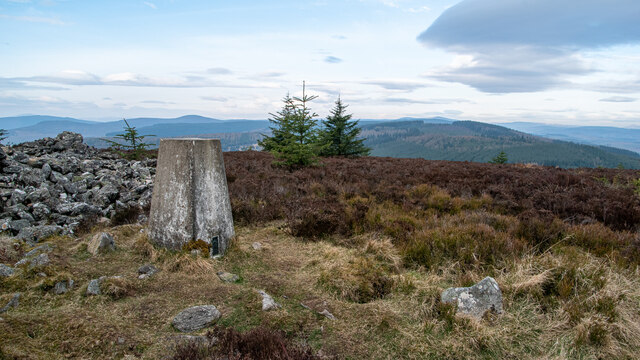
Whitehaugh Forest is located at Grid Ref: NJ5822 (Lat: 57.292647, Lng: -2.6975284)
Unitary Authority: Aberdeenshire
Police Authority: North East
What 3 Words
///dentistry.juggle.defining. Near Alford, Aberdeenshire
Nearby Locations
Related Wikis
Castle Croft
Castle Croft was located near New Leslie farm, about 5 kilometres (3.1 mi) south-west of Insch, in Aberdeenshire, Scotland. It was the property of the...
Gordon Way
The Gordon Way is a waymarked hiking trail in Aberdeenshire, Scotland. It runs for 11+1⁄2 miles (18.5 km) through the Bennachie Forest. The route was one...
Tullynessle
Tullynessle is a hamlet in Aberdeenshire, Scotland, three miles NNW of Alford.The settlement contains the Category A listed Terpersie Castle, a privately...
Terpersie Castle
Terpersie Castle (originally built as Dalpersie House) is a 16th-century tower house in Tullynessle, Aberdeenshire, Scotland, located 5 kilometres (3...
Nearby Amenities
Located within 500m of 57.292647,-2.6975284Have you been to Whitehaugh Forest?
Leave your review of Whitehaugh Forest below (or comments, questions and feedback).
